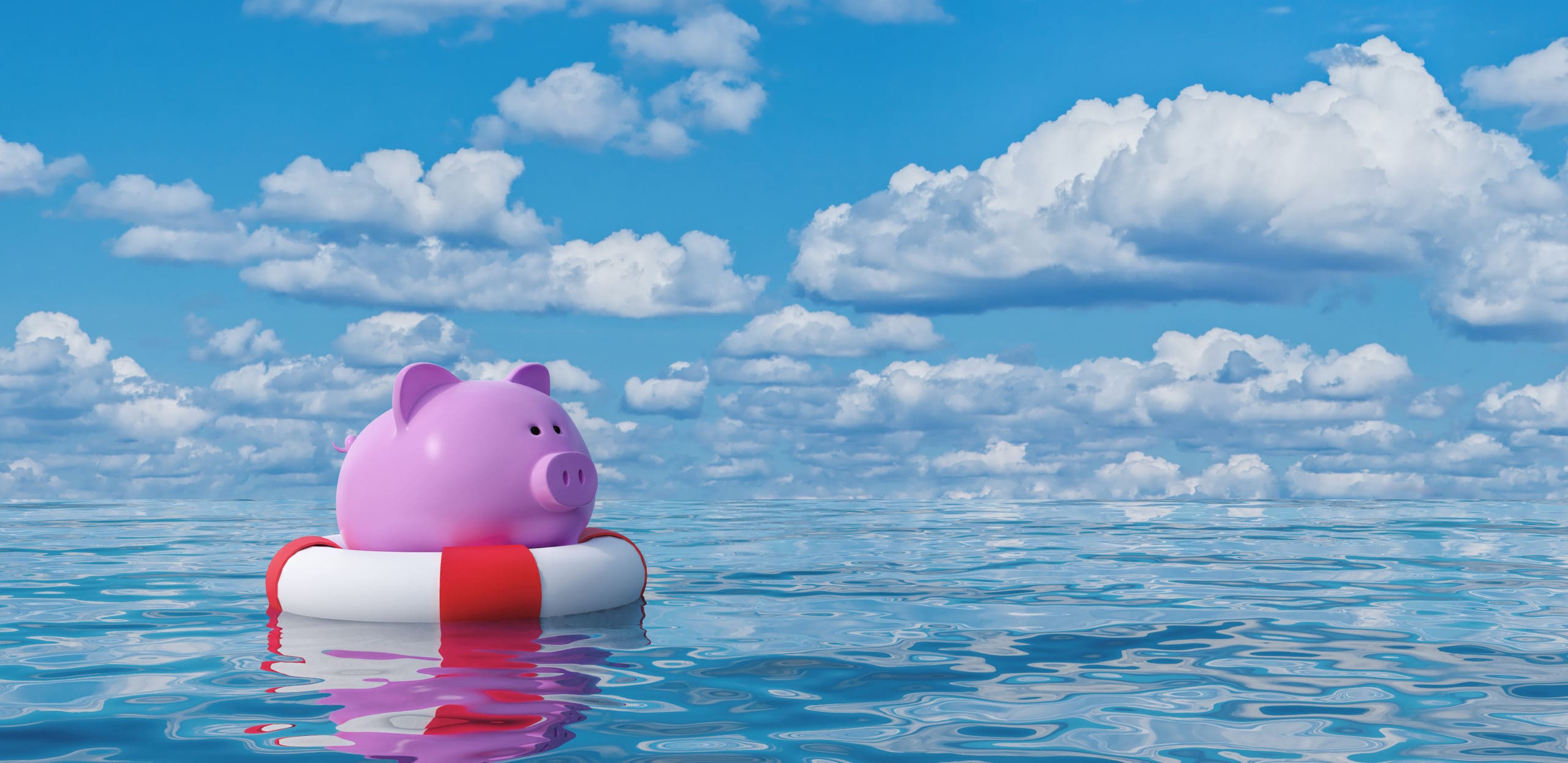
The Importance of an Emergency Savings
By Clayton Johnson, claytonj@squire.com
Why Save for a Rainy Day?
If Covid-19 has taught us one thing, it’s that you can never be certain of the future. The United States’ economy was blindsided by the sweeping shutdowns and lockdown policies issued to keep people safe. As a result, the U.S. experienced the fastest quarterly drop in gross domestic product (GDP) on record. And unemployment rose higher in three months of Covid-19 than it did in two years of the Great Recession!
Many families have had to tap into their emergency savings just to stay afloat through this unprecedented event. But, there’s a problem. According to the Federal Reserve’s 2018-2019 Economic Well-Being Report, only about half of the people in the U.S. have rainy day funds and one-fifth of Americans would need to borrow or sell assets to cover a three-month loss in income. So, instead of tapping into emergency reserves and waiting out the storm, many families are struggling to make ends meet.
I know it’s not very thrilling to keep thousands of dollars of cash tucked away in an account that makes little-to-no interest, but the point of your rainy day fund is to have cash when it starts raining. This is especially true lately, as it has been raining, a lot.
How Much Should You Save in Your Emergency Savings?
Most experts would agree that a good rule of thumb is to save 3-6 months of expenses in your emergency savings. However, is 3-6 months always the right choice? It depends on your situation.
The 3-6 months of emergency savings is a good starting point, but everyone’s financial situation is different. As you consider your own unique circumstances, here are several factors to consider that may require you to deviate from the 3-6 month rule.
- Your tolerance for risk
- Recession (unemployment rates are higher and length of unemployment is longer on average)
- High family health costs
- Employment in a high-risk industry where layoffs are more common
- Unsteady income
- You’re retired and your money is in more volatile stock investments
This is not an exhaustive list, but hopefully it helps to illustrate the importance of considering your unique needs. If you don’t know where to start, an experienced financial planner can help you identify your specific needs and set a target for your emergency savings.
Where Should You Keep Your Emergency Savings?
Interest rates are at historic lows, so you may be tempted to take on a little more risk to make some money in your emergency savings. However, if your emergency savings is invested in stocks or some other higher-risk investment, you face the possibility of the value of your savings dropping significantly when you need it the most.
I recommend keeping your emergency savings in a high-yield savings account. High-yield savings accounts typically pay a higher yield than a traditional savings account and are still FDIC insured up to $250,000.
The rates on high-yield savings accounts are regularly changing, but Bankrate and Investopedia regularly update their sites with some of the highest yielding savings accounts. Keep in mind that the interest rate isn’t the only factor to consider when selecting an account.
If you have questions about how much you should save in your rainy day fund or where to put your money, please don’t hesitate to reach out. We are happy to help!